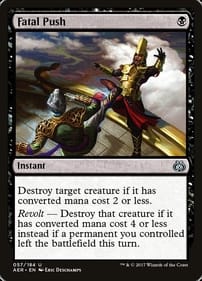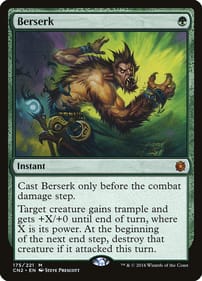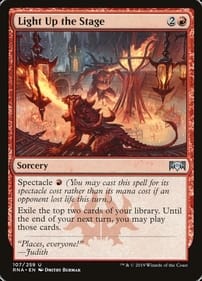Description
A Gest of Robin Hood is the second game in the Irregular Conflicts Series, further adapting the COIN system to depict peasant revolts, feudal tax collection, and outlaw activities in late 12th century medieval England. Transposing one of GMT’s most popular systems into a simpler format and a more approachable setting makes A Gest of Robin Hood perfect for newcomers to wargaming. At the same time, it also offers a tight challenge for more experienced wargamers who can enjoy a tense asymmetric duel in under an hour.
Highlights:
An ideal entry point to the COIN system and the ICS series: a two player, relatively low complexity game with a family friendly theme that plays in one hour and introduces all of the key concepts found in the COIN series.
A new hidden movement mechanic: The Sheriff will chase Robin Hood across Nottinghamshire to prevent him from organizing peasant revolts, but Robin can sneak away and hide amongst his Merry Men.
A second new hidden movement mechanic: Carriages serve as a simple twist on Lines of Communication, transferring wealth back to Nottingham while providing a target for robbery by the Merry Men—but some of them might be a trap, containing concealed Henchmen!
Random encounters with rich travelers: Robin Hood draws from the Travelers Deck when conducting a Rob action, then decides whether to play it safe or demand a larger ‘donation’ with potentially negative consequences.
A streamlined sequence of play: Further developing the two-player sequence of play first found in Colonial Twilight, this new sequence of play is easy to understand while still presenting difficult tactical decisions.
Player Factions:
Robin Hood and the Merry Men: Robbing from the rich to give to the poor. An archetypal insurgency faction focused on undermining the Sheriff’s authority by inciting peasant revolts, robbing carriages and travelers, and building a network of camps across Nottinghamshire.
The Sheriff of Nottingham and his Henchmen: In charge of maintaining order and collecting taxes for Prince John. A proto-counterinsurgent faction focusing on suppressing peasant revolts and securing roads to ensure the safe travel of wealth confiscated from the parishes.
This version of the story of Robin Hood, the one many of us grew up with, is surprisingly modern and polished, as it is based on 19th century retellings of older folktales by authors such as Howard Pyle. Additional layers have later been added to the character of Robin Hood by the 20th century film industry, from the 1922 adventure film starring Douglas Fairbanks, right through to the gritty reboots of the past decade. The original version of Robin Hood can be traced back to the 14th Century, first appearing in a brief mention in the allegorical poem Piers Plowman (~1370s) and then later reappearing in a variety of ballads. His first dedicated literary work (that we know of) is A Gest of Robyn Hode, printed around the turn of the 15th and 16th centuries, which compiles several older tales of a heroic outlaw fighting for justice. This original version of the Robin Hood character was slightly different from the one that we know today: rougher, more violent, and closer perhaps to the contemporary image of a guerrilla fighter.
In 1958, the medieval historian Rodney Hilton published a study of the original Robin Hood tales and what they symbolized. The audience for these tales were the common people of the late 14th century, and we can see that the character is himself kind and well-tempered when dealing with representatives of these people, such as the Potter, but behaves ruthlessly with representatives of the ruling class, like the pompous Bishop of Hereford. Members of the emerging free peasant class recognized their struggles in the heroic figure of a brave yeomen, fighting unfair taxes and judiciary systems established to keep them in check. In this narrative, the King is a distant and kind figure unaware of the people's suffering, who will eventually support them in their struggle once he returns to restore justice. This illusion would fade after the 1381 peasant revolts and Richard II’s betrayal of the common folk.
A Gest of Robin Hood taps into this rich historiography, leveraging the romantic story that we all know but setting it in a more realistic context by depicting Robin Hood as a complex figure. A social bandit, as the historian Hobsbawm describes him, at the head of an insurrection against the Sheriff of Nottingham.
Game components
17” x 22” mounted game board
Event Deck
Travellers Deck
37 Wooden Pieces
5 Pawns
One half-size, full-color countersheet
Two player mats
Two player foldout screens
Two custom 6-sided dice
Rules of Play booklet
Playbook booklet
Learn to Play booklet
A 2" box
Payment & Security
Your payment information is processed securely. We do not store credit card details nor have access to your credit card information.







